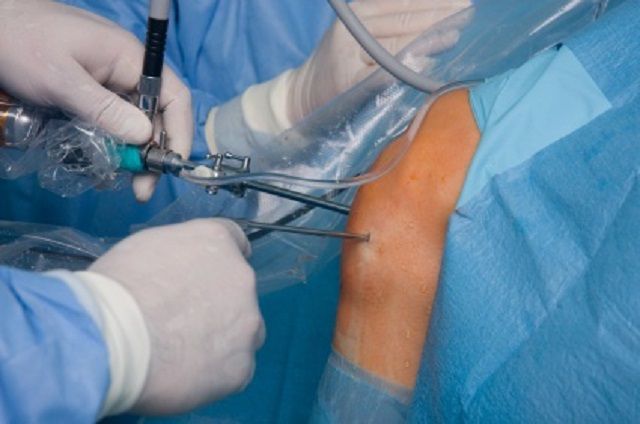Knee arthroscopy has revolutionized the treatment of various knee conditions, offering patients a minimally invasive option with faster recovery times and fewer complications compared to traditional open surgery. Understanding the step-by-step process of knee arthroscopy can help patients feel more informed and prepared as they consider this procedure.
What is Knee Arthroscopy?
Knee arthroscopy is a surgical procedure used to diagnose and treat a range of knee problems. Unlike traditional surgery that requires a large incision, arthroscopy involves small incisions through which an arthroscope (a small camera) and surgical instruments are inserted. This allows orthopedic surgeons to view the inside of the knee joint and perform necessary repairs or corrections with precision.
Benefits of Knee Arthroscopy
The benefits of knee arthroscopy are significant for patients. These include smaller incisions, reduced risk of infection, less pain post-surgery, quicker recovery times, and the ability to resume normal activities sooner compared to open surgery. Many patients also report higher satisfaction rates due to these advantages.
Conditions Treated with Knee Arthroscopy
Knee arthroscopy is commonly used to diagnose and treat conditions such as torn meniscus (cartilage), ligament tears (like ACL or PCL), and damaged cartilage. By inserting the arthroscope into the knee joint, surgeons can accurately assess the extent of the injury and perform repairs or corrective procedures as needed.
Preparation for Knee Arthroscopy
Before undergoing knee arthroscopy, patients typically undergo a thorough medical evaluation to ensure they are fit for surgery. This may involve blood tests, imaging scans, and adjustments to medications. On the day of surgery, patients are advised to follow specific guidelines regarding eating, drinking, and medication intake.
The Knee Arthroscopy Procedure: Step-by-Step
Step 1: Anesthesia and Incision The procedure begins with the administration of anesthesia, which may be general, local, or regional depending on the patient’s condition and the surgeon’s preference. Once the patient is under anesthesia, small incisions, usually less than half an inch long, are made around the knee area to insert the arthroscope and other surgical instruments.
Step 2: Insertion of the Arthroscope The arthroscope, equipped with a small camera and light source, is inserted through one of the incisions. This allows the surgeon to visualize the inside of the knee joint on a monitor in the operating room. Clear visualization is crucial for identifying any abnormalities or injuries within the joint.
Step 3: Examination and Treatment Once inside the knee joint, the surgeon examines the structures such as the meniscus, ligaments, and cartilage. Depending on the findings, surgical instruments may be inserted through other small incisions to repair or remove damaged tissue. Procedures commonly performed during knee arthroscopy include meniscus repair, ligament reconstruction, and cartilage trimming or repair.
Step 4: Closing the Incisions After the necessary repairs or procedures are completed, the arthroscope and surgical instruments are removed, and the small incisions are closed with sutures or adhesive strips. These incisions are typically small enough that stitches may not be required, depending on the surgeon’s technique and the patient’s specific case.
Recovery and Rehabilitation
Following knee arthroscopy, patients are monitored in a recovery area until the effects of anesthesia wear off. Depending on the complexity of the procedure, patients may be discharged the same day or require a short hospital stay. Post-operative care includes managing pain and swelling, keeping the knee elevated, and beginning physical therapy exercises to regain strength and mobility.
Risks and Complications
While knee arthroscopy is considered safe and effective for most patients, there are inherent risks associated with any surgical procedure. These include infection, blood clots, excessive bleeding, and damage to surrounding tissues. Orthopedic surgeons take precautions to minimize these risks, and patients are advised to follow post-operative instructions carefully to reduce complications.
Takeaway
Knee arthroscopy is a valuable tool in orthopedic surgery, allowing for precise diagnosis and treatment of knee conditions with minimal disruption to the patient’s life. By understanding the step-by-step process of knee arthroscopy, patients can make informed decisions about their healthcare and feel confident in their treatment plan. If you or a loved one is considering knee arthroscopy, consult with your orthopedic surgeon to discuss whether this procedure is right for you.






